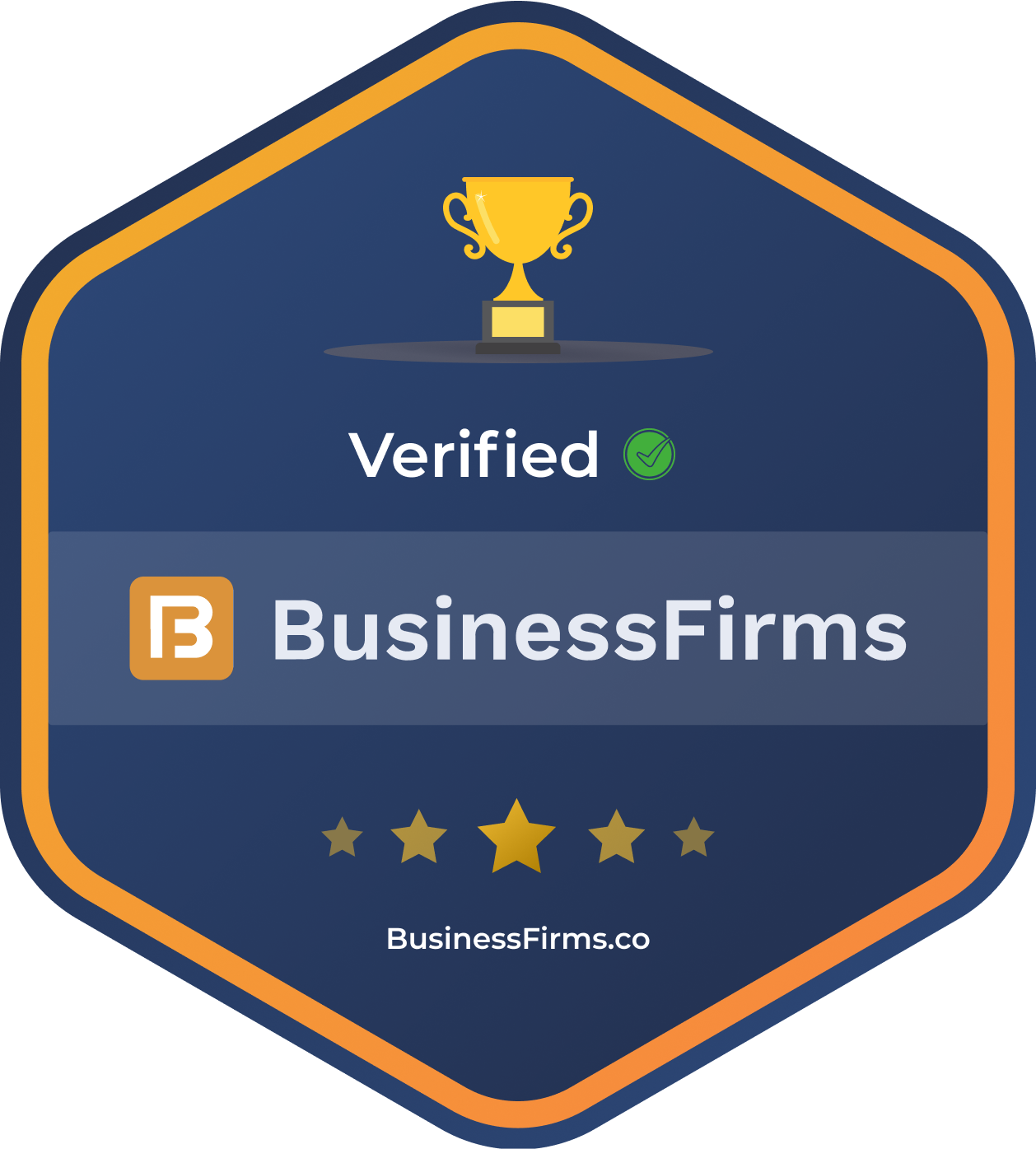.webp)
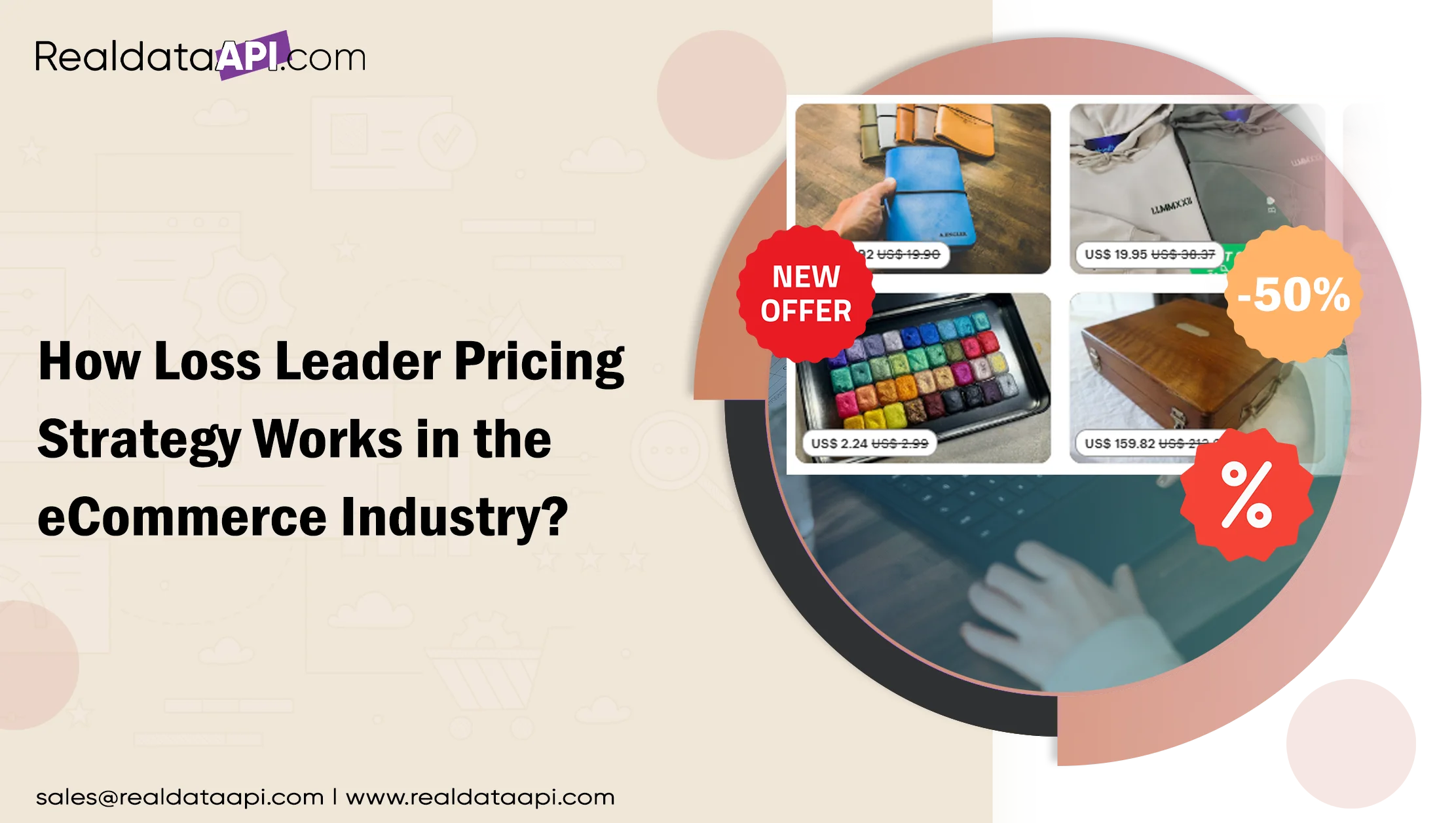
Introduction
Loss leader pricing strategy is a widely used retail technique where businesses intentionally sell certain products at a loss to attract customers. In the eCommerce industry, this approach helps drive traffic, boost conversions, and enhance customer retention.
The concept is simple: offer loss leader products at deeply discounted rates to entice customers, encouraging them to purchase additional, higher-margin items. This method not only increases overall sales but also improves brand loyalty.
This blog explores the mechanics of loss leader marketing in eCommerce, highlighting its benefits, successful brand examples, and potential risks businesses should consider.
How Loss Leader Pricing Works in eCommerce?
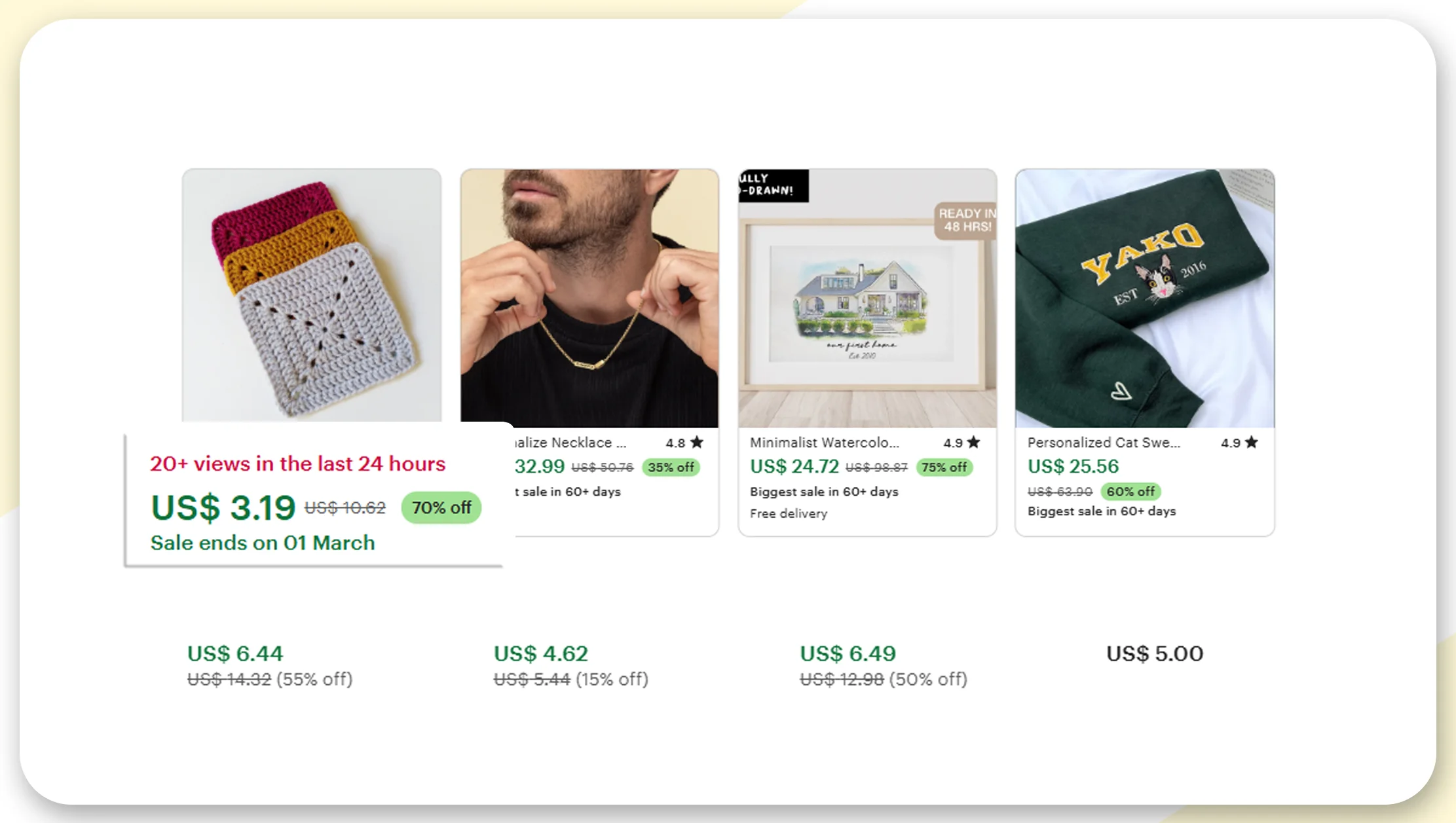
The eCommerce industry benefits from lower operational costs than traditional retail, allowing businesses to experiment with aggressive pricing models. One of the most effective tactics is the loss leader pricing strategy, where certain products are sold at a loss to attract customers and boost overall sales.
Selling Popular or Essential Products at a Loss
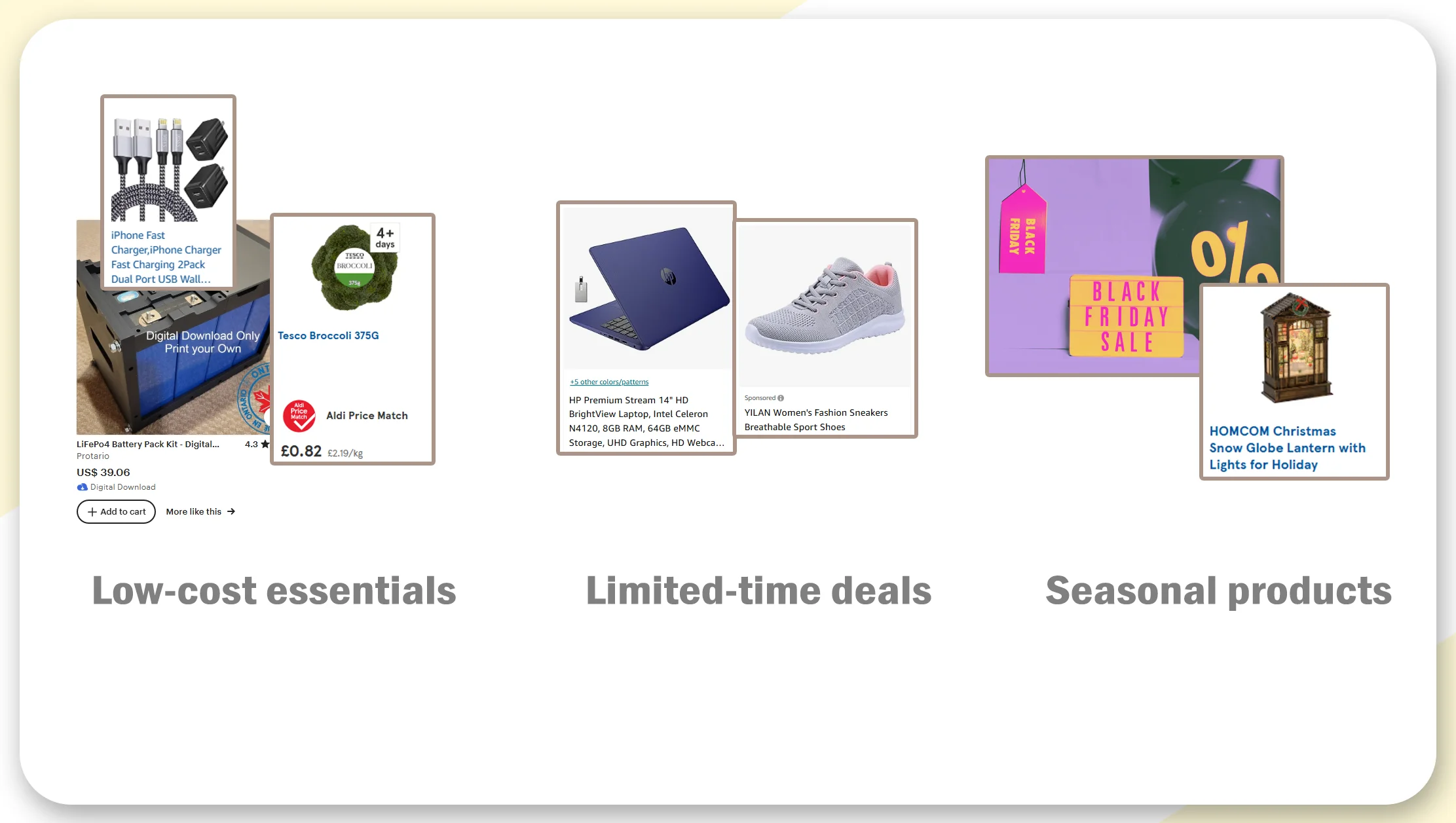
Retailers use loss leader products to draw in customers by pricing high-demand items below cost. These could include:
- Low-cost essentials (e.g., groceries, batteries, phone chargers)
- Limited-time deals on premium items (e.g., discounted laptops, shoes)
- Seasonal products (e.g., holiday decorations, Black Friday deals)
Example: An online store sells gaming keyboards at a loss, knowing that buyers may also purchase high-margin gaming accessories like a mouse, headset, or desk mat.
Cross-Selling and Upselling Higher-Margin Products
A core principle of loss leader marketing is that customers don’t just buy the discounted item—they also purchase other profitable products.
- Cross-Selling: Recommending complementary items to increase the total cart value.
- Upselling: Encouraging customers to upgrade to a better version of the product.
Example: A store selling a cheap electric toothbrush suggests premium toothpaste or replacement brush heads.
Example: A store discounts a basic smartphone but promotes a higher-end model with better specs.
Driving Website Traffic & Boosting Conversion Rates

By offering a highly searched-for product at a deep discount, loss leader pricing in eCommerce attracts new visitors and encourages them to shop for additional items.
Example:
- A fashion retailer offers $5 T-shirts, leading customers to browse the site and buy jeans, shoes, or accessories.
- A grocery delivery app provides free shipping for first-time customers, increasing long-term engagement.
Increasing Customer Lifetime Value (CLV)
.webp)
The loss leader business model isn’t just about a one-time purchase—it’s about building long-term customer relationships. With personalized recommendations, loyalty programs, and email marketing, businesses can turn new buyers into repeat customers.
Example:
- A SaaS company offers a free or discounted first month, knowing that customers are likely to subscribe long-term.
- An online bookstore sells a bestseller at a loss but retains customers for future book purchases.
Competing in Price-Sensitive Markets
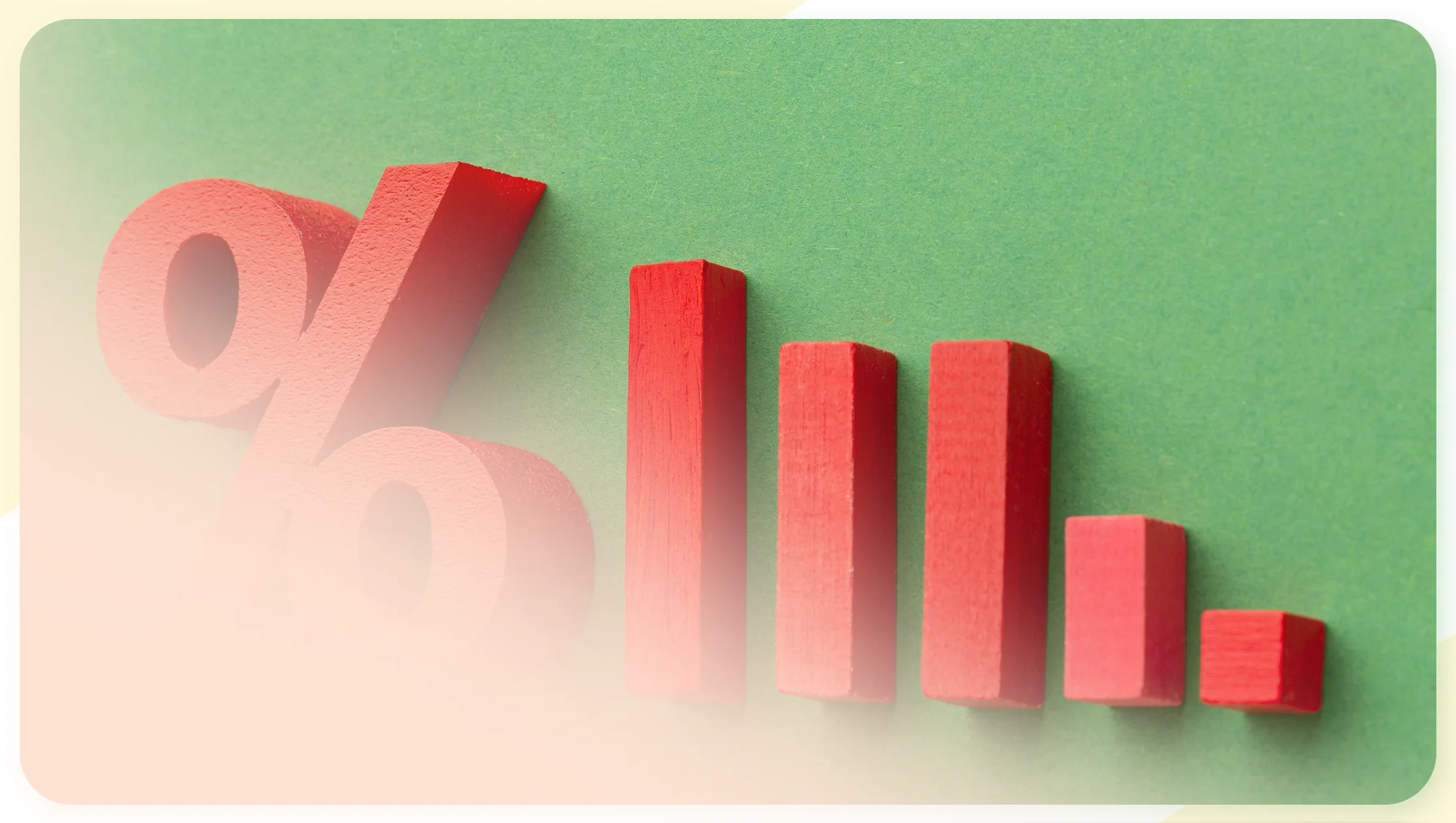
In highly competitive industries, loss leader pricing in retail helps businesses stand out and capture market share.
Example:
- Amazon discounts Echo Dot smart speakers to drive Alexa adoption, ensuring future sales from its ecosystem (music subscriptions, smart home devices, etc.).
- Grocery eCommerce stores discount staple products like milk, bread, or eggs to attract budget-conscious shoppers.
Loss Leader vs. Penetration Pricing

While both strategies focus on pricing aggressively, there is a key difference:
- Loss leader pricing strategy: Sells select items below cost to attract customers and encourage additional purchases.
- Penetration pricing: Offers low prices across the board to gain market share quickly, then raises prices later.
The loss leader pricing strategy remains a powerful tool in eCommerce, supermarkets, and retail, helping businesses acquire customers, boost sales, and stay ahead of competitors.
Examples of Loss Leader Pricing in eCommerce
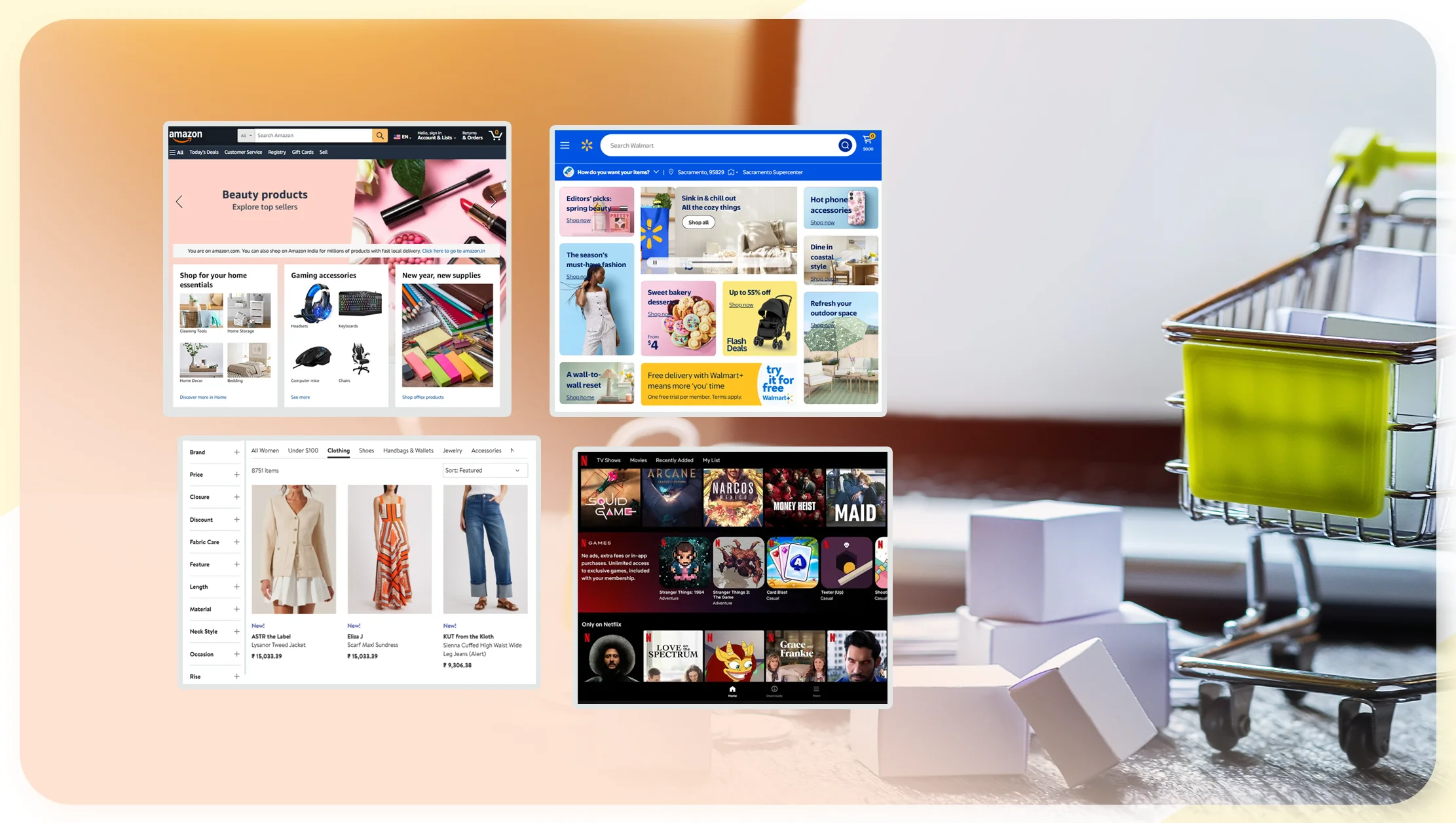
Amazon’s Loss Leader Strategy
Amazon is one of the biggest users of the loss leader pricing strategy. Examples include:
Selling Kindle devices at a loss but profiting from eBook sales.
Discounting Alexa-powered smart speakers to lock customers into the Amazon ecosystem.
Offering Amazon Prime memberships at a low price to increase shopping frequency.
Walmart & Grocery eCommerce
Walmart and other grocery eCommerce platforms use loss leader pricing in supermarkets to drive bulk purchases:
Selling staple items (milk, bread, eggs) at deep discounts while profiting from non-discounted groceries.
Offering free grocery delivery for first-time users to increase future orders.
Fashion & Apparel eCommerce
Fashion brands use loss leader products to drive high-margin sales:
$1 or $5 T-shirt deals → Customers also buy jeans, jackets, or shoes.
Free shipping on first orders → Increases conversions and customer loyalty.
Software & SaaS Companies
SaaS companies use loss leader marketing to acquire long-term customers:
Spotify, Netflix, and Adobe offer free trials or $1 first-month deals to convert users into paid subscribers.
Microsoft provides free Office 365 trials to schools, ensuring students later buy full versions.
Benefits of Loss Leader Pricing in eCommerce
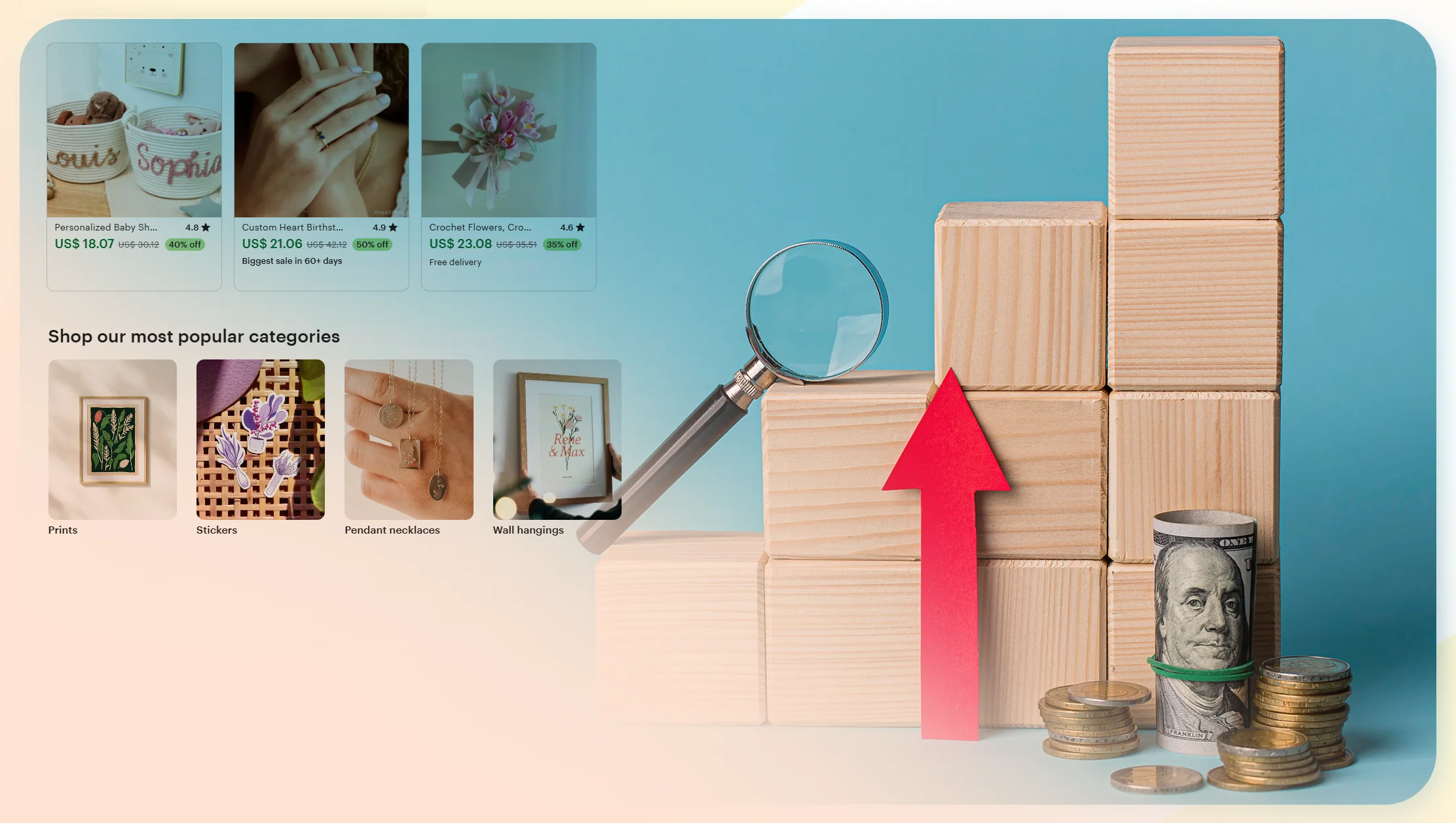
- Increases Customer Acquisition – Attracts new customers with unbeatable deals.
- Boosts Sales Volume – Encourages higher-order values through cross-selling and upselling.
- Enhances Customer Loyalty – Turns one-time buyers into repeat customers.
- Improves Competitive Positioning – Helps eCommerce brands outperform competitors in price-sensitive markets.
- Drives Website Traffic – Discounts bring in visitors, improving conversion rates.
Challenges & Risks of Loss Leader Pricing
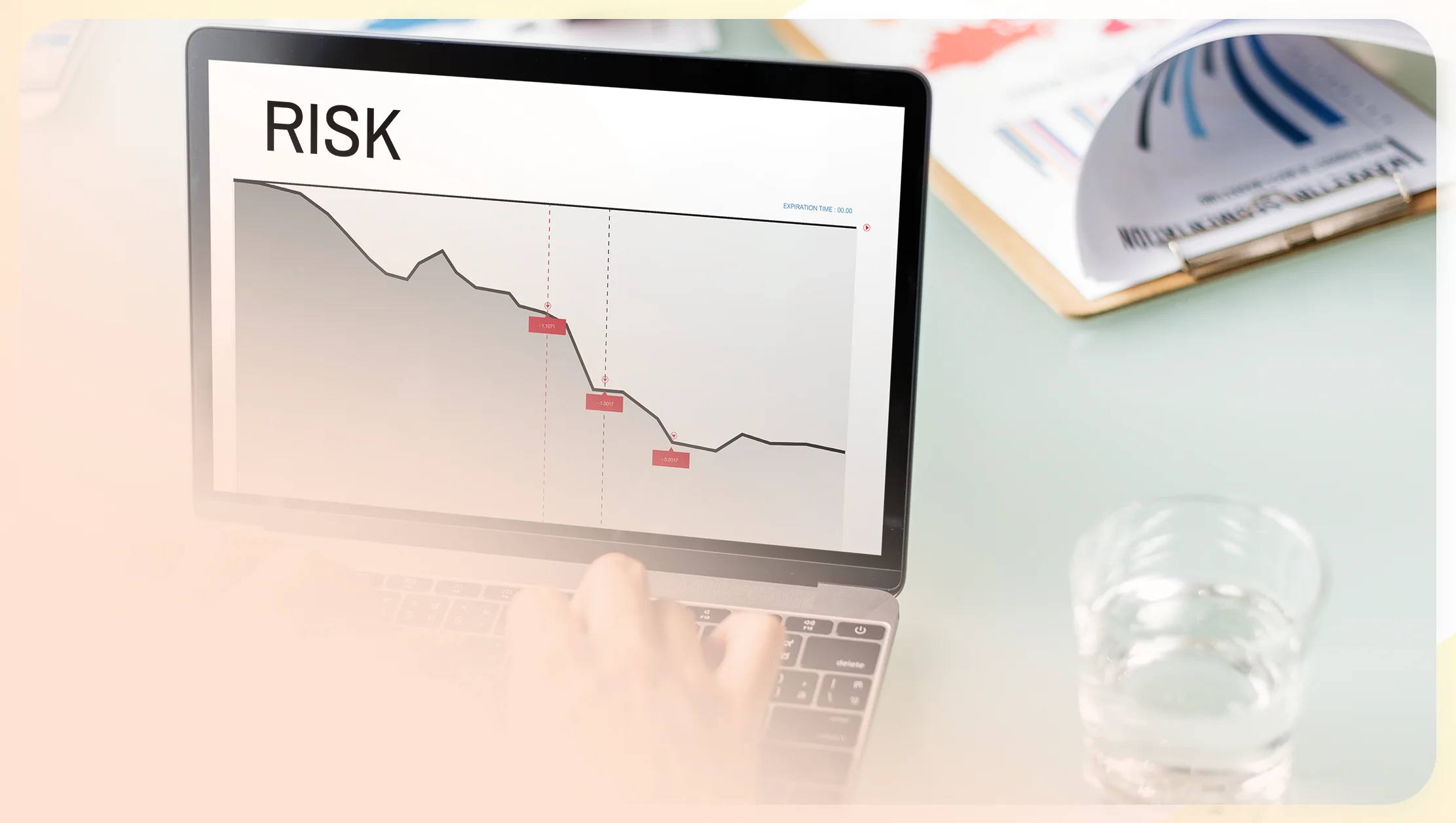
- Profitability Risks – If too many customers only buy the loss leader product, businesses may lose money.
- Stock Shortages – High demand can lead to inventory management issues.
- Attracting the Wrong Customers – Some buyers only purchase discounted items without adding profitable products.
- Competitive Price Wars – Competitors matching prices may erode profit margins.
Example of Risk:
A company sells gaming consoles at a loss, expecting profits from game sales—but if customers buy games elsewhere, the company loses money.
How to Avoid These Risks?

- Set limits on loss leader pricing (e.g., "1 per customer") to prevent abuse.
- Use data analytics to track whether customers buy profitable products after purchasing the loss leader.
- Bundle loss leader products with other items (e.g., discounted printers with ink and paper purchases).
- Offer time-limited promotions to avoid long-term financial strain.
Conclusion
The loss leader pricing strategy is a powerful tool for customer acquisition, increasing sales volume, and improving brand loyalty in eCommerce. However, it requires careful planning to ensure that losses on discounted products are balanced by profits from additional sales.
If implemented strategically, this pricing model can help build a loyal customer base, increase market share, and drive long-term revenue growth.
Would you like a customized loss leader pricing strategy for your eCommerce business? Let’s discuss how it can work for your specific niche!









